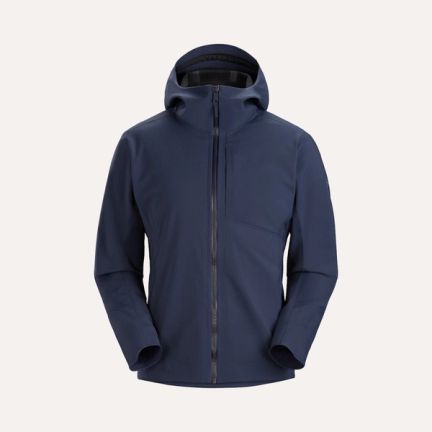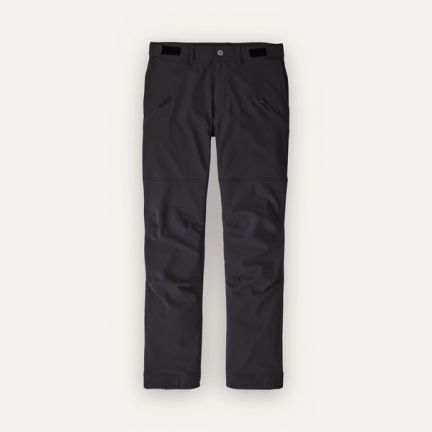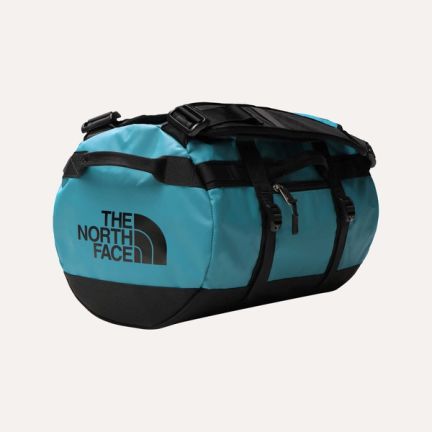
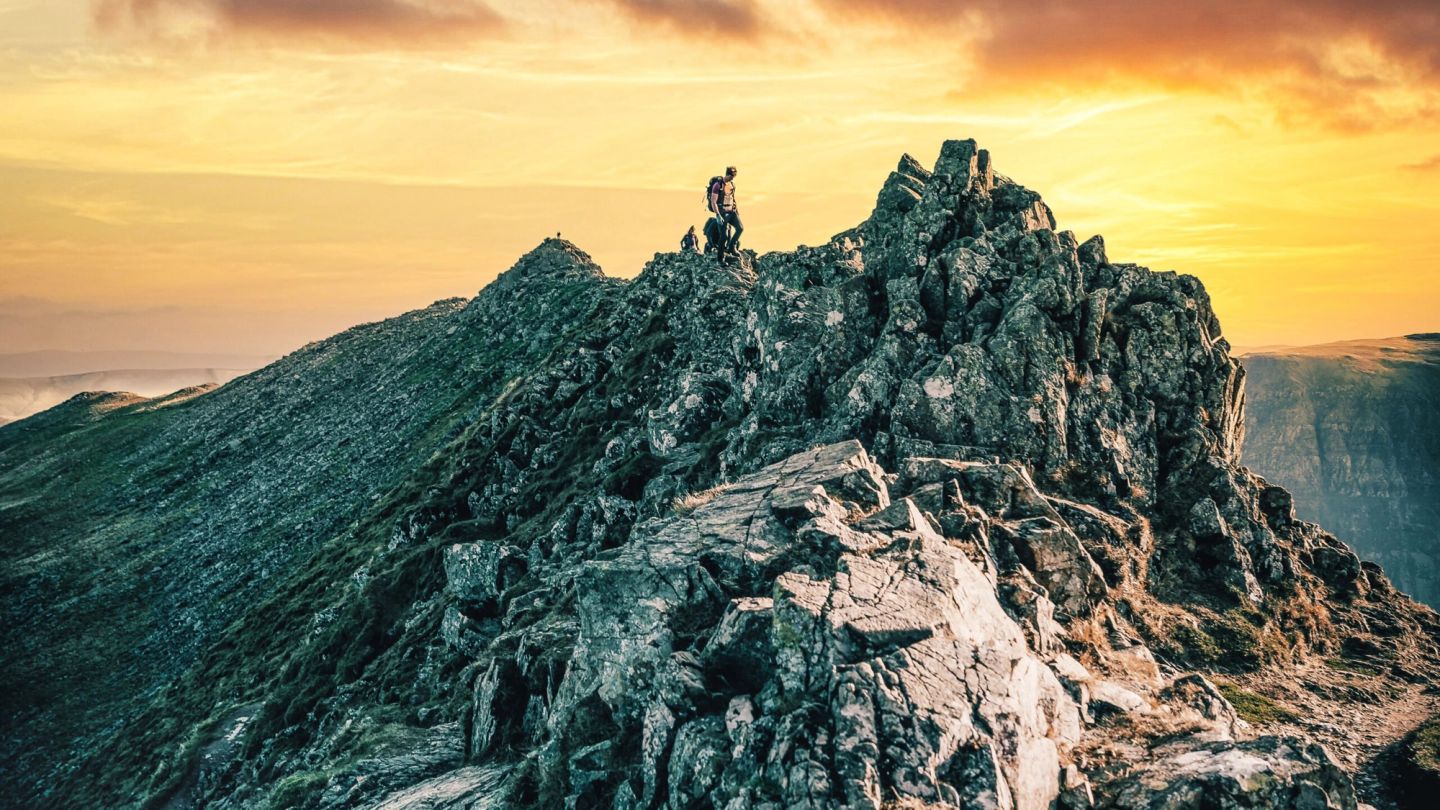
Words: Izzie Price
Given the past few months spent indoors, sheltering from the hellscape of weather outside, who else is getting cabin fever? It’s been a long winter, hasn’t it? And, as much as we agree that there’s no place like home, and that the office can be a fine space in which to massage your creative flow, staring at the same interiors every day is really starting to take its toll. And it’s not just the walls: following the pandemic years, it’s likely that you’ve exhausted all routes and walkways in your local parks.
So, to properly stretch the legs, where better to enjoy the wide, open spaces than the peaks of the UK’s most impressive mountains? If, like us, you’re revving up to explore and expend all that pent-up winter energy, ready your boots — because we’ve unfurled our maps and pinpointed the best slopes to traverse. We’ll see you at the top.
Scafell Pike, Lake District
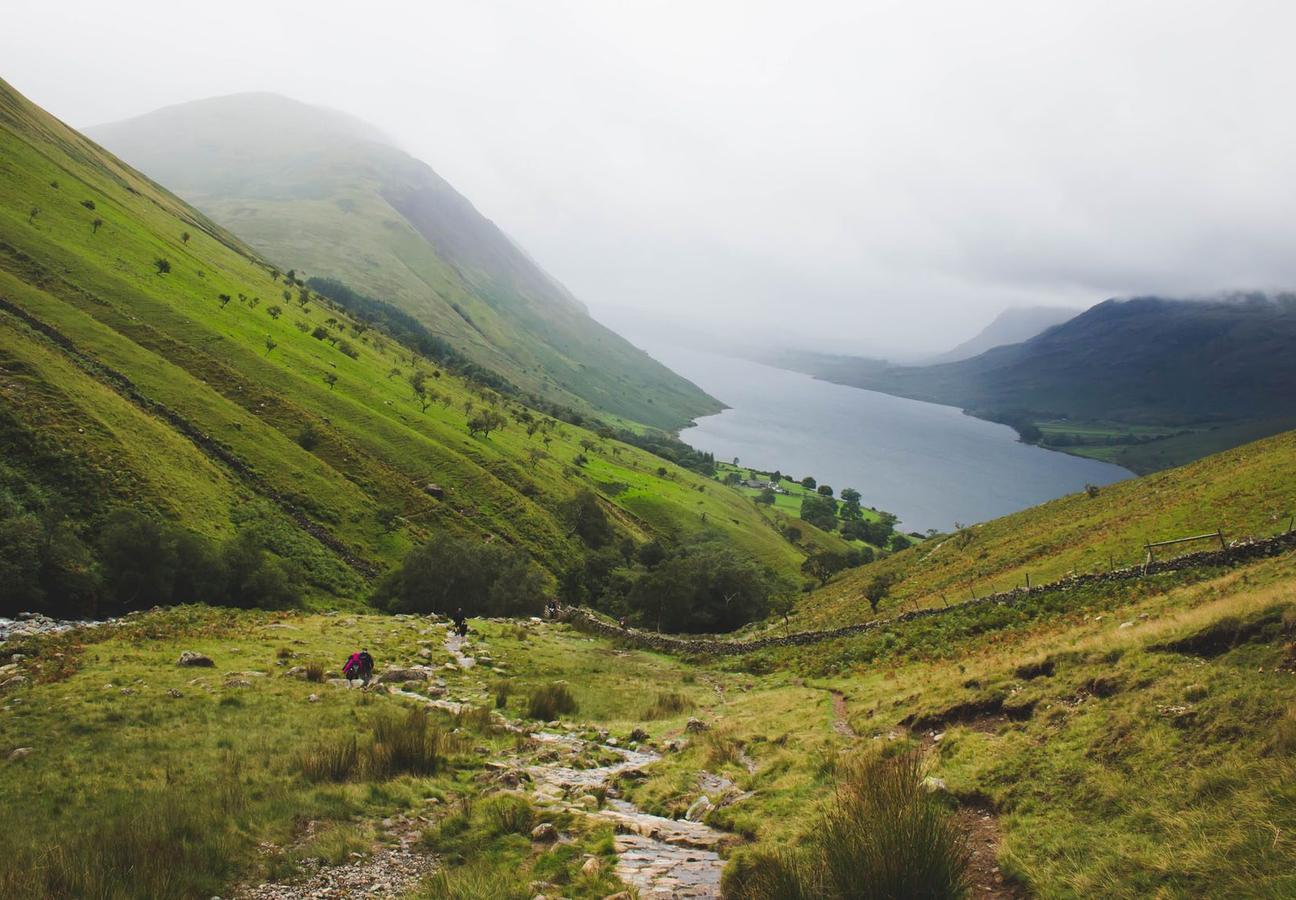
Clocking in at 978 metres, this peak has the honour of being England’s highest mountain. It also doubles up as a war memorial, for those who like a bit of history with their exercise: Lord Leconfield donated the mountain to the National Trust in 1919, in memory of the men from the Lake District who fought in WWI.
In addition to poignant historical context, any climb is guaranteed to be accompanied by superlative views of one of the most beautiful areas within these shores. The Lake District is renowned for its panoramic vistas, and climbers may feel as though they’ve plunged into a Tolkien novel. But its steep, rocky terrain isn’t to be underestimated. “One of the best routes is from the Old Dungeon Ghyll hotel in the Langdale Valley,” says Hugo Turner, one half of the adventuring Turner Twins. “Angle Tarn is an ideal picnic spot half way to the summit, and with maintained paths most of the way to the top, it’s an achievable day out. Finish with a pint and a hot meal back at the hotel.”
Buachaille Etive Mòr, Scottish Highlands

At a sharp and steep 1,021 metres, this is definitely one for experienced climbers. With its pyramidal shape, Buachaille Etive Mòr is one of the most recognisable mountains in Scotland and has graced many a calendar, postcard and iPhone camera roll. It also formed part of the backdrop to that famous driving-through-Scotland scene in Skyfall.
Situated at the head of Glen Etive, the views are — once again — majestic. Don’t get too distracted, though; a tough ascent is followed by a bouldery ridge, and the descent requires more than a little scrambling — so climbers will need to be laser-focused at all times.
Snowdon, Wales
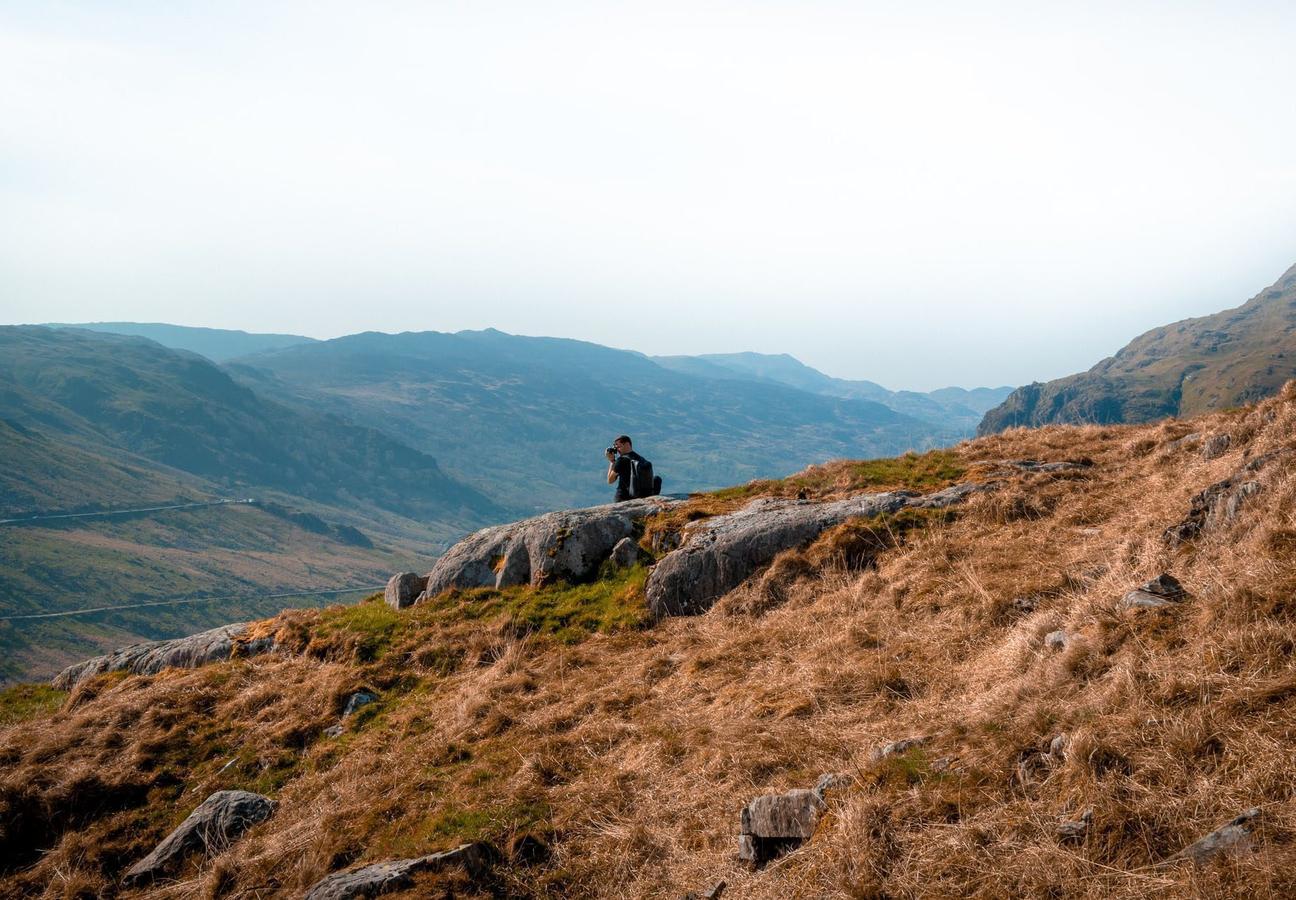
We’re guessing you’ve heard of this one? We know, it’s something of a mountain cliché – but, of course, a classic is a classic. “Snowdon is great because there is something for everyone. It’s the one mountain that I know that whoever is coming to visit – elderly family, adventurous friends or families with young explorers – we’d all likely be able to get up and down and have a hell of a time doing so,” says filmmaker and adventurer Charlie Smith.
The summit is fairly accessible, with six paths ready to take you all the way there (Llanberis Path is reportedly the most popular, so if you’re looking for solitude we’d recommend taking one of the others); and if you’re only in it for the views, the Snowdon Mountain Railway (which will reopen in April) can shoot you from Llanberis to the summit’s very own station. Turner advises: “Forget the north route which follows the train up. For a more ‘remote feel’ – and some old ruined buildings to discover – use the Watkin Path near Caffi Gwynant.”
Tryfan, Wales
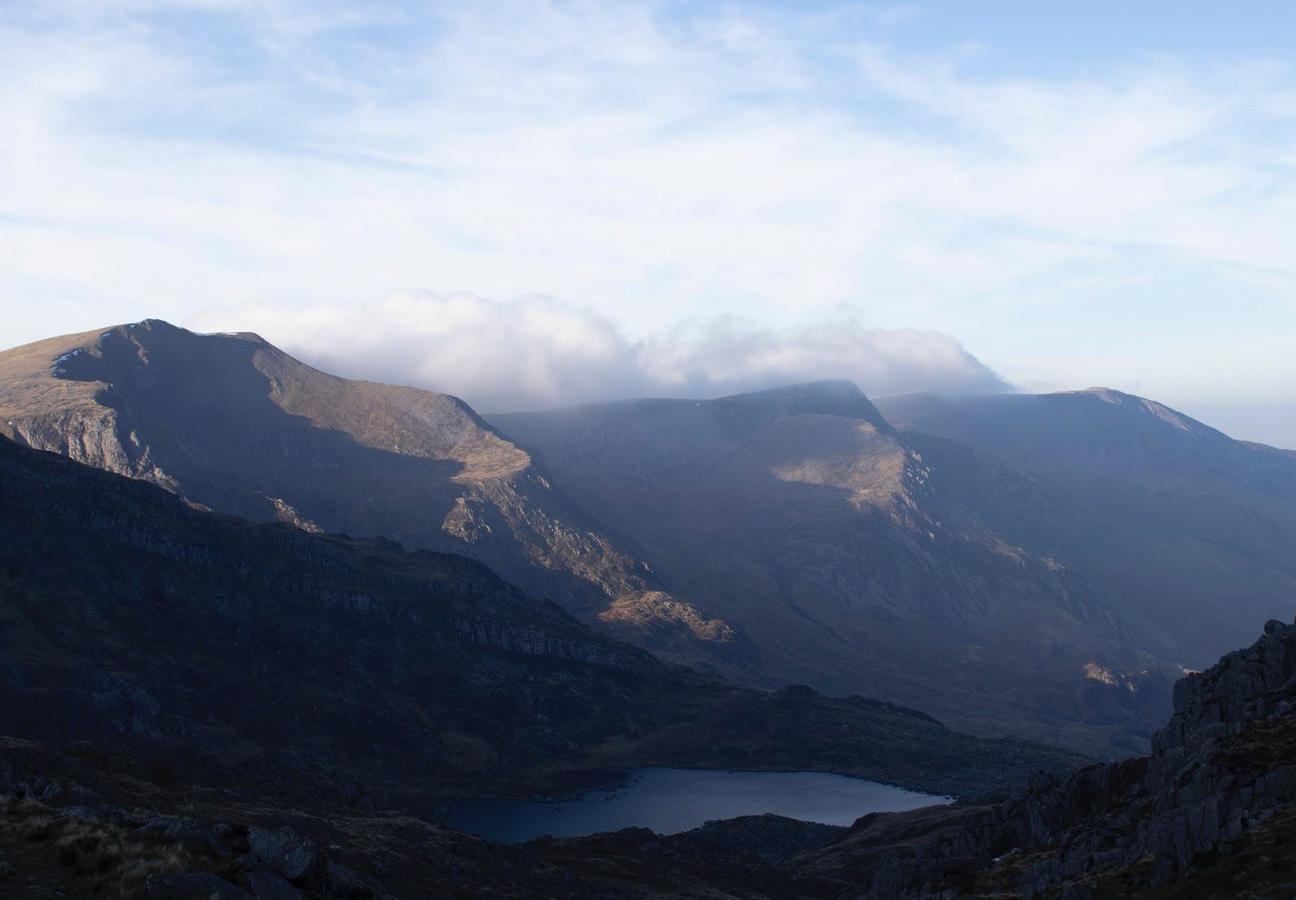
While we’re in Snowdonia, we may as well stop off at Tryfan, a destination where there’s an undeniable allure to the ruggedness. At 917 metres, it’s the 15th-highest mountain in Wales — but its relatively low-lying profile veils the fact it’s another mountain that’s not exactly recommended for beginners; parts of the ascent will require scrambling virtually on all fours, using hands and feet, and it’s certainly not one for those prone to vertigo.
This climb demands respect; but exercise caution and you should be good to go. It is, after all, a fine way to blow-out the cobwebs you’ve accrued at your office desk. “I’ve always said Tryfan is my favourite mountain in the UK,” Smith tells us. “It feels like a proper mountain. It requires you to use your hands to get to the summit, and although the rule of thumb is the further right you go, the steeper it is, there is always some section on the way up that feels daunting, exposed or just that little bit daring. If you start the climb with the north ridge and head down the south ridge, the view from the top is magic.”
Pen-y-ghent, Yorkshire Dales
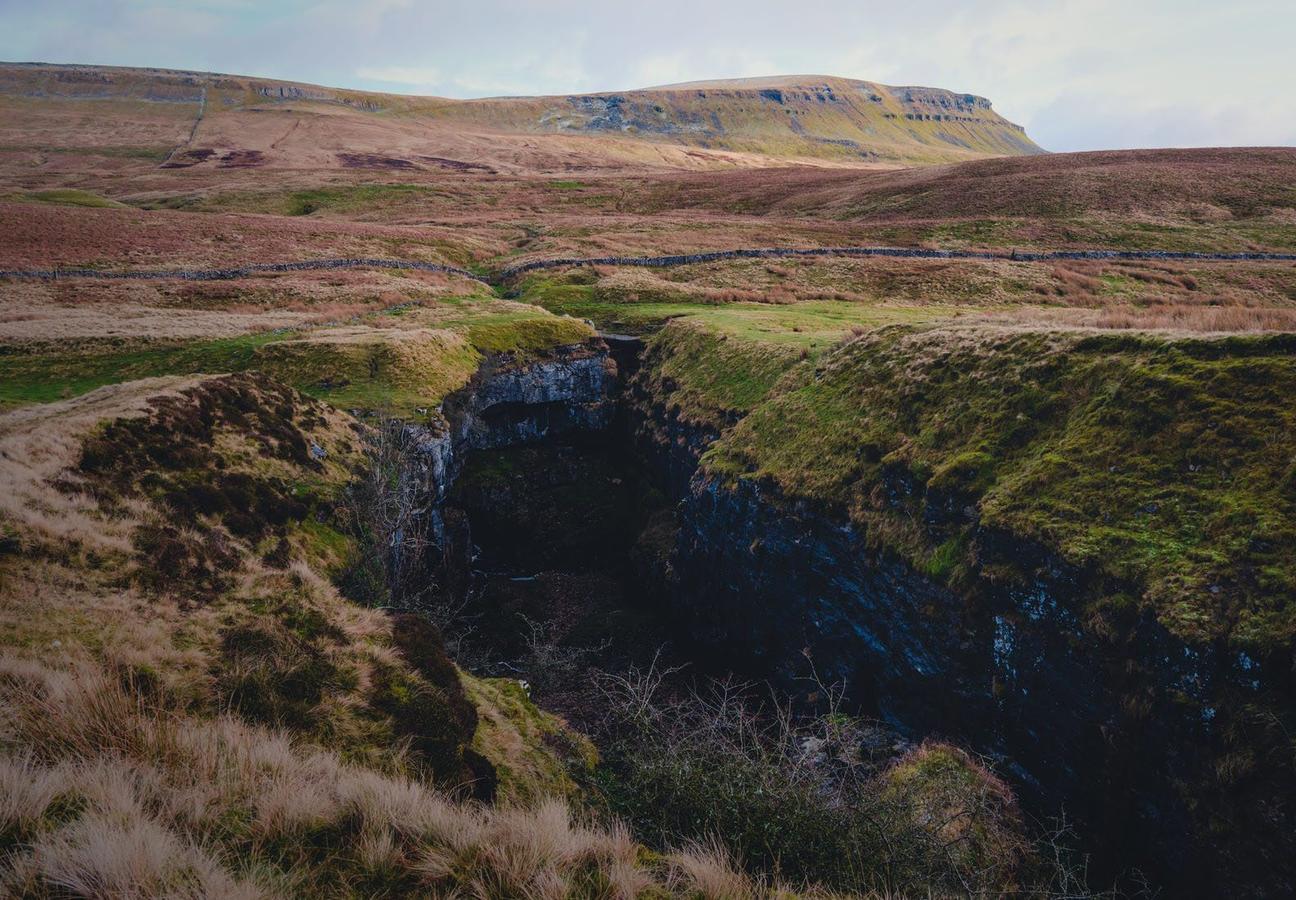
At last: a mountain for novices. Pen-y-ghent makes up one of Yorkshire’s famous Three Peaks (the other two being Whernside and Ingleborough); and, at 694 metres it can be chalked up as the lowest of the trio.
This renowned peak doesn’t just offer a good, safe journey (complete with compulsory panoramic views) – climbers can also explore Hull Pot, a collapsed cavern always popular with geology buffs.
Slieve Donard, Northern Ireland

As the highest mountain in Northern Ireland, this one is well worth sticking on your to-conquer list. At 850 metres, it towers above its counterparts in the Mourne Mountains, and its main draws are the points of cultural interest.
The famous 22-mile Mourne Wall crosses over 15 peaks of the Mourne Mountains, including this one, and at the summit, out-of-breath climbers will be rewarded with a mine of Irish history. The mountain was named after Saint Donard, a disciple of Saint Patrick, and the top is home to an alleged Neolithic passage tomb. Blending ancient history with great scenery and a burst of exercise, it hits many spots.
Ben Lomond, Scottish Highlands
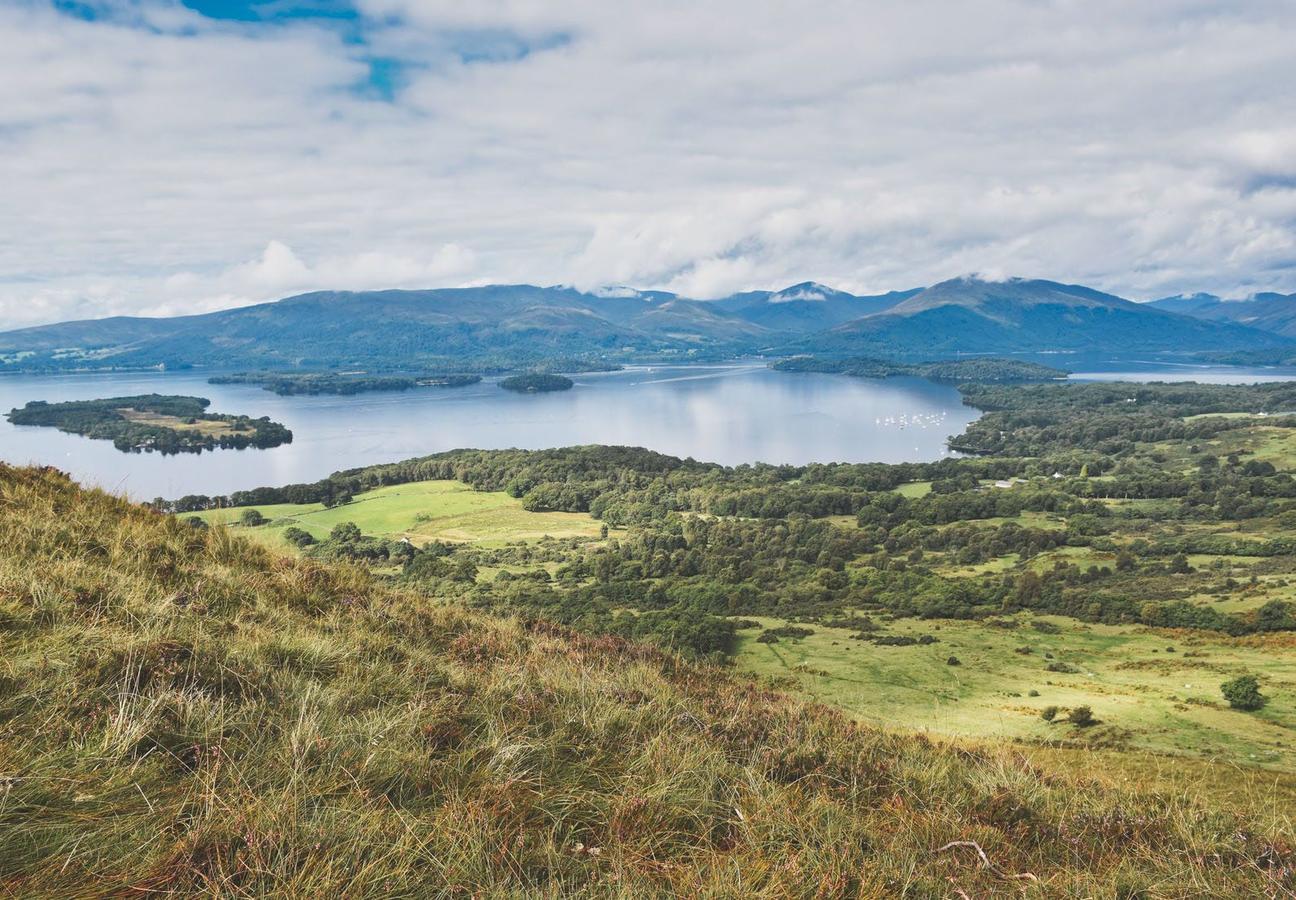
Even if you haven’t heard of the mountain, it’s likely that you’ve heard of the body of water: Loch Lomond is one of the most beautiful of its kind in Scotland, so it stands to reason that a hike up its adjacent mountain is a guaranteed good time.
Standing on the eastern shore of the loch, and at 974 metres, the ascent is not to be sniffed at — but it can be a fairly simple task, so long as you come weather-prepared (it is Scotland, after all). Like its Skyfall-starring neighbour, whose praises we’ve already sung, it is one part of the Munro Mountains, and, being the most southerly of the lot, it does make it easily accessible from Glasgow, among other central areas. “Flanked by beautiful ancient woodlands, it offers everything, including the first of your 3,000ft peaks for those Munro baggers out there”, says George Bullard, a world record-breaking explorer and endurance athlete. “It is a great mountain for those starting out on their hiking journey. It has got a wonderful respite section halfway up, giving you plenty of time to catch your breath.”
Pen y Fan, Brecon Beacons, Wales
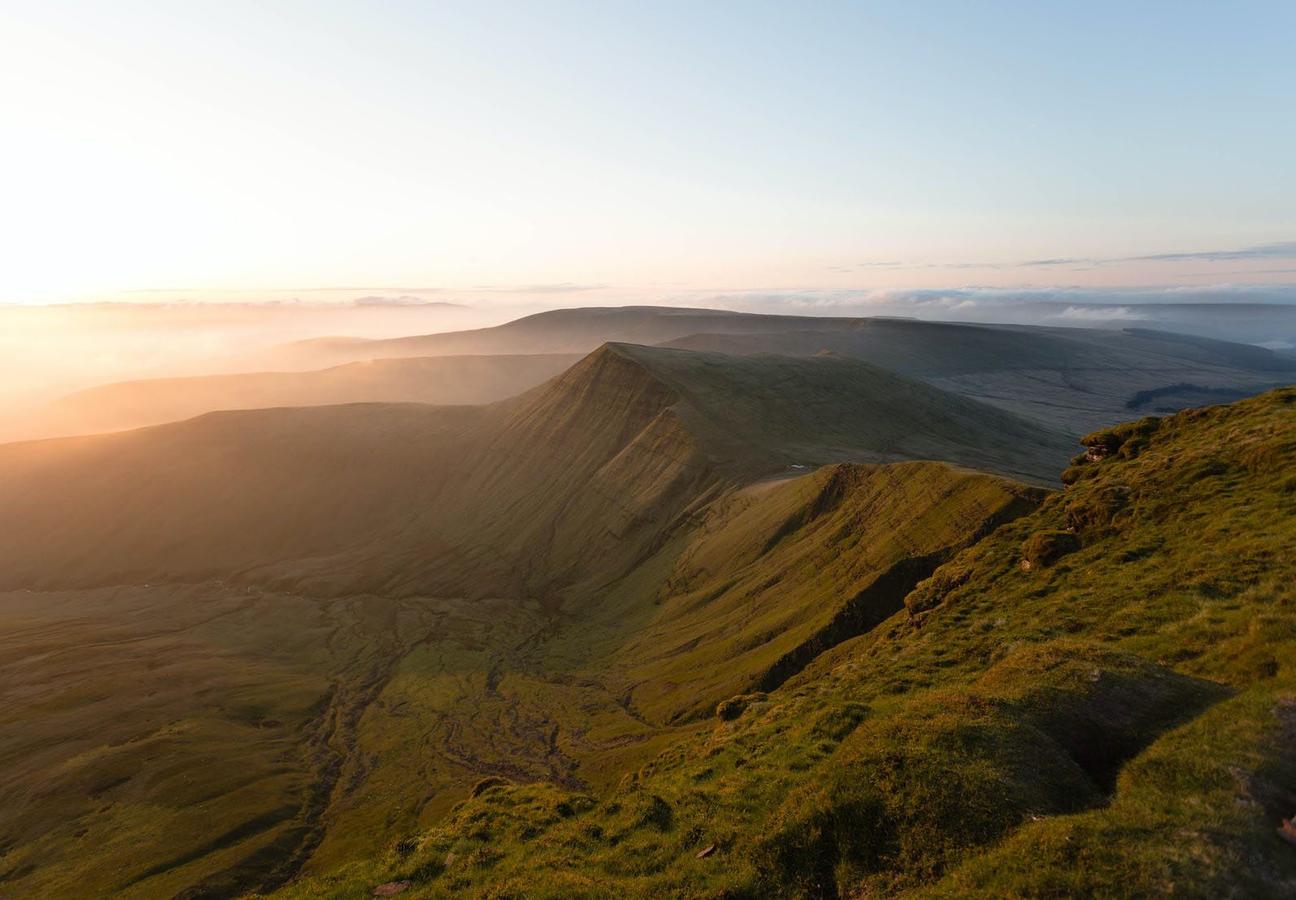
The list wouldn’t be complete if we didn’t give a respectful nod to the Brecon Beacons – and if you’re heading Beaconwards, Pen y Fan, the highest of the lot in southern Britain, is perhaps the signature. Its pitch-perfect combo of navigable paths and a decent height (886m) makes it a fine gateway destination.
It’s heavily protected by the National Trust, which actively works to combat the erosion caused by all those clumping walking boots, and it’s also used by the military as a central part of the UK’s Special Forces personnel selection process.
Catbells, Lake District
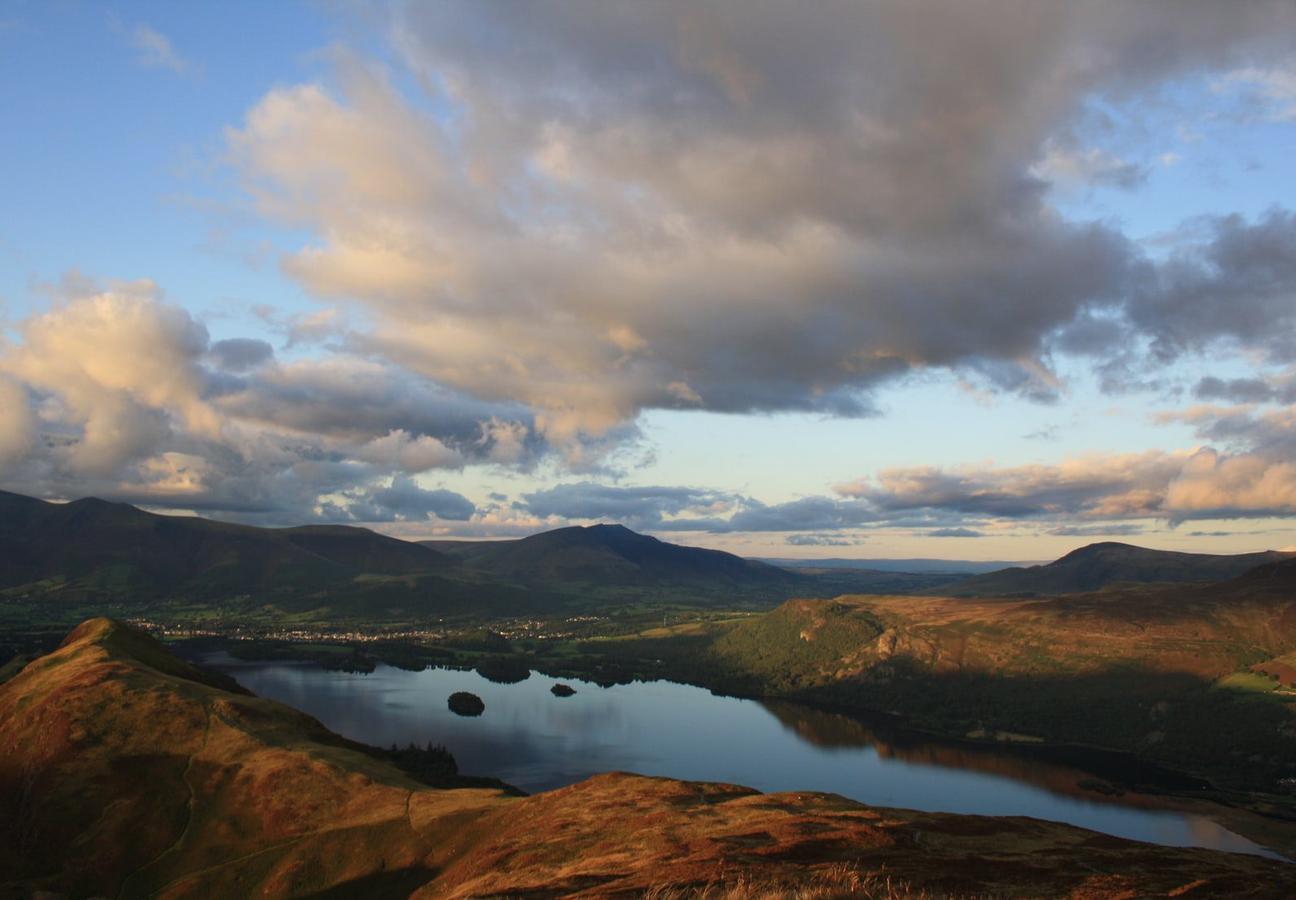
We know 451 metres doesn’t sound that high in a list full of high-reachers. But size isn’t everything; and this is the ideal beginner’s mountain, and one of the most popular fells in the Lake District. It may not be fraught with peril, and it may be more suited to the word ‘stroll’ than ‘climb’, but it’s a fine way to enjoy the countryside’s gentle rhythms.
Rather than a teeth-gritted, white-knuckled stagger to the top, walkers can expect crisp English air, views of the Cumbrian hills and a bevy of easygoing picnic spots. Pack your hamper, get ready to soak up some sunshine, and give your knees a well-earned rest.
Ben Nevis, Scottish Highlands

We saved the best for last, as Ben Nevis is many climbers’ (and novices’) platonic ideal of an adventure. “Being the United Kingdom’s highest mountain, this should be on everyone’s list,” says renowned solo explorer James Aiken.
It clocks in at an imposing 1,345 metres, but don’t panic, there’s a choice of paths to suit multiple experience levels. If you’re feeling more trepidatious than intrepid, we’d recommend the simpler Mountain Track, which kicks off at Glen Nevis. For something a little more high-octane, “the CMD arête is the finest way to avoid the crowds that frequent the main route,” advises Aiken. “It involves sections of scrambling with incredible views across the precipitous North Face. The summit plateau can present some navigational challenges in poor visibility, so a basic understanding of compass use is essential.”
What to pack
Of course, when dealing with tricky terrain, you’ll need to have the right kit to see you through the tough task, especially with the UK’s mercurial climes and the fact you’ll need extra supplies with you when walking across what might appear to be no man’s land. Up top, we’d suggest going with an all-round, weather-resistant lightweight jacket, courtesy of Arc’teryx. Patagonia’s Trail trousers feature abrasion-resistant front paneling that runs from mid-thigh to cuffs, as well as on the seat. And for stashing away your gear, try The North Face’s duffel, which is small enough to cart as a backpack, but has a 31-litre capacity.
More of an indoor fitness man? These are the best luxury workout machines to invest in for your home gym…
Become a Gentleman’s Journal member. Find out more here.
